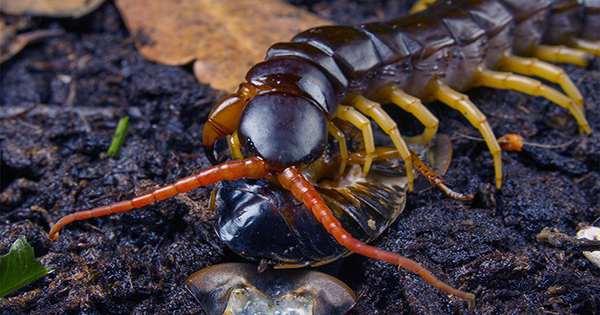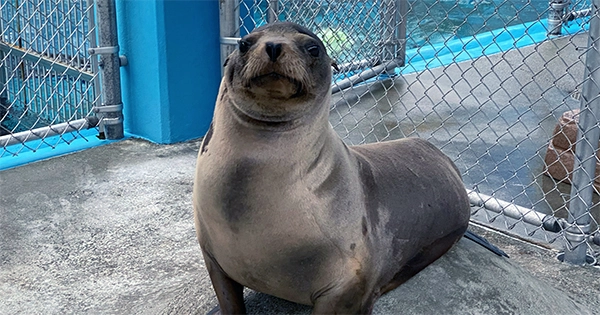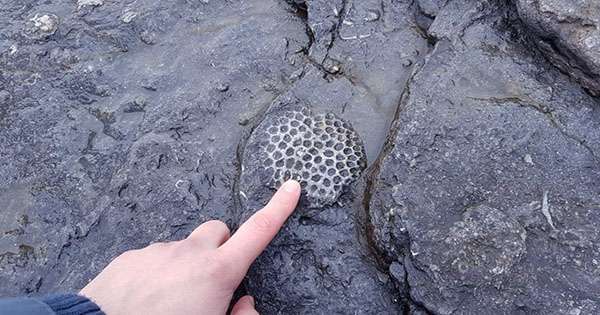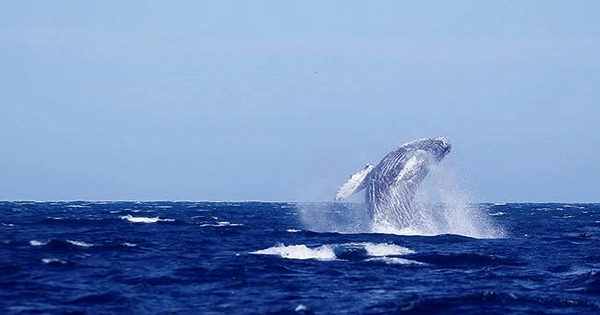Although a game of “pin the ear on the reptile” would probably reveal a knowledge gap in the general public regarding turtle ears, recent research has taken a close look inside their noggins and discovered they’re remarkably large. The device in question is a bone labyrinth, and as scientists just discovered through a new study, it is considerably larger than those of most mammals and more like to that of birds.
Due to its importance in maintaining equilibrium, the vertebrate labyrinth earned its Bowie-like name. Without its membranes, which can sense variations in head rotation and acceleration, we’d be swaying erratically. (Vertigo and dizziness are two of the main signs of labyrinthitis, an infection of the inner ear that affects this structure.)
The labyrinth’s shape and size are predicted by an animal’s surroundings and agility, according to historical studies, although little work has been done on this topic outside of mammals. To refute this, researchers in the current study compared the labyrinths of contemporary and extinct turtles to see how the structure has evolved throughout the course of evolution.
They looked at 163 specimens, of which 53 were extinct and 90 belonged to living species such as softshell turtles, terrapins, and loggerhead sea turtles.
With abilities including burrowing, terrestrial mobility, underwater locomotion, and swimming up their flippers, the animals analyzed would have represented a wide spectrum of lifestyles in the wild.
Given their small heads, the analysis indicated that turtles had relatively large inner ears, which may be an adaption to an aquatic existence and perhaps enhance visual acuity. Additionally, they showed that turtles’ bone labyrinths are larger than those of other vertebrates, including mammals, and are most comparable in size to those of birds.
The scientists wrote in their conclusion, “We show that turtles have unexpectedly enormous labyrinths that originated with the formation of aquatic habits.” While the labyrinth has historically been thought to be positively correlated in size with agility (an assumption based largely on mammalian research), few would put the leisurely flipper strokes of turtles in this category, demonstrating that what influences its size is something entirely different.
We also discover that the variety in labyrinth designs in turtles does not correspond with ecology, disproving the widely held belief that reptilian labyrinth shapes carry behavioral signals and highlighting the significance of understudied populations like turtles.
















